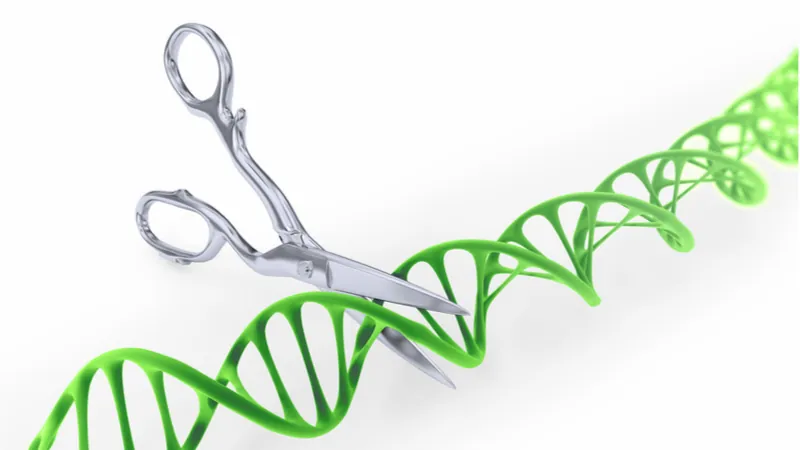What is CRISPR? A Summary of Gene Editing
What is CRISPR?
CRISPR (otherwise known as “Clustered Regularly Interspaced Short Palindromic Repeat”) is a gene editing system, but it is not a human invention. It was originally part of the antiviral ‘immune system’ of a particular form of bacteria. Unlike our immune system, which destroys cells infected with viruses, CRISPR seeks to destroy the actual virus itself, sparing the cell.
Viruses are parasites at the molecular level; they are essentially ‘glitches’ in DNA, which have evolved mechanisms to spread from cell to cell via small particles emitted by their infected host cells.
The DNA-based nature of viruses is what makes CRISPR so useful to us; it’s essentially a naturally produced gene editing tool that’s capable of removing specific sequences of DNA (or specific genes).
These sequences can be recovered by scientists before being packaged into any number of different ‘vehicles’ (such as a virus programmed to insert itself into the DNA but not to self-replicate), which can then be delivered to any cell in the body, thus giving that cell the gene removed by CRISPR.
How can we control CRISPR?
The way we control and ‘program’ CRISPR is by playing tricks with its ‘vision’; normally, CRISPR ‘sees’ by sending small strings of guide RNA (gRNA) into the area surrounding the DNA.
This gRNA is programmed to stick to a very specific string of DNA – in nature, this string is part of a virus’s DNA. In the lab, however, we can produce our own gRNA that sticks to useful DNA.
Once a part of the CRISPR system, called “Cas9”, brushes against a sequence of gRNA which is bound to DNA, it latches onto the gene and cuts it off for us to use in the future.
It is worth noting that there are a number of variants of CRISPR, including the well-known Cas9 and the Cpf1 form, which has a better affinity with mammalian cells and is therefore of interest to researchers hoping to translate their work to humans.
What are the concerns with CRISPR?
As with all science, there are always bumps in the road. Recently, a research team found that CRISPR can cause unintentional mutations throughout the DNA of targeted cells [1].
However, the system is constantly being refined and improved and progress has recently been made in this area using the CRISPR-Cpf1 form [2]. Researchers have found a way to make edits more accurate, and the hope is to reduce off target mutations to improve safety.
How CRISPR might help us to treat age-related diseases
Aging is comprised of a number of distinct processes as described in the Hallmarks of Aging [3]. Dr. Oliver Medvedik the Vice President of Lifespan.io has also given a talk about CRISPR and aging, which may be of interest.
Through the use of CRISPR, we can modify the genes present in a cell as well as modify which genes are switched on or off. This has a number of potential applications relevant to addressing the aging processes, and thus it could potentially be used to prevent or reverse various age-related diseases.
Conclusion
Overall, CRISPR is an exciting technology in the battle against age-related diseases and ill health. While it has limitations, like all technologies, it is being refined and improved constantly.
Indeed, while CRISPR isn’t a magic bullet that will solve all things relating to aging, there are plenty of reasons for us to be enthusiastic about it. It is a tremendously powerful tool that a mere half a decade or so ago we could only dream of.
Often, in science, hype is usually not warranted; in the case of CRISPR, we feel that perhaps it is.
If you enjoyed this article and would like to support us to create more articles, events, livestream panels, talks and scientific advocacy, please consider becoming a Lifespan Hero.
Literature
[1] Schaefer, K. A., Wu, W. H., Colgan, D. F., Tsang, S. H., Bassuk, A. G., & Mahajan, V. B. (2017). Unexpected mutations after CRISPR-Cas9 editing in vivo. Nature methods, 14(6), 547-548.
[2] Zhong, G., Wang. H., Li, Y., Mai, H., Farzan, M. (2017) Cpf1 proteins excise CRISPR RNAs from mRNA transcripts in mammalian cells. Nature chemical biology, doi:10.1038/nchembio.2410.



